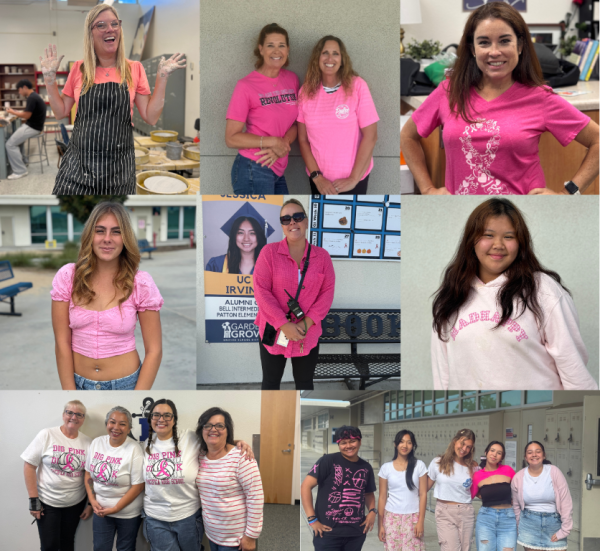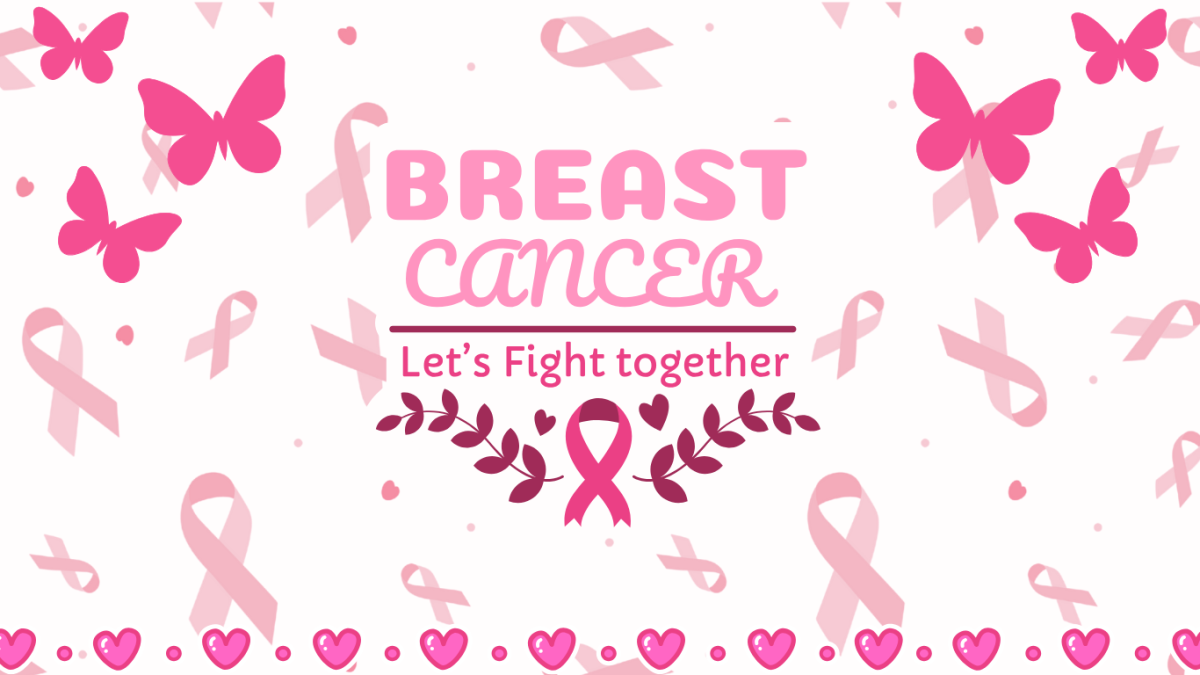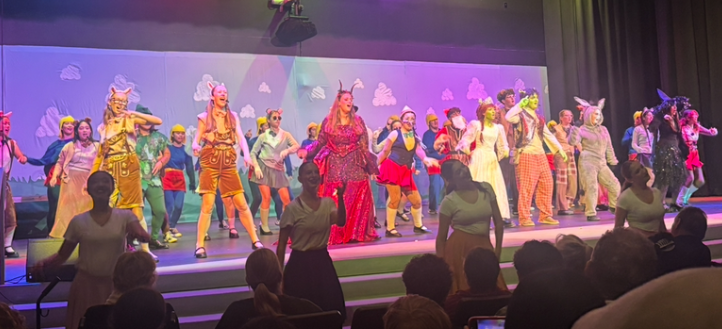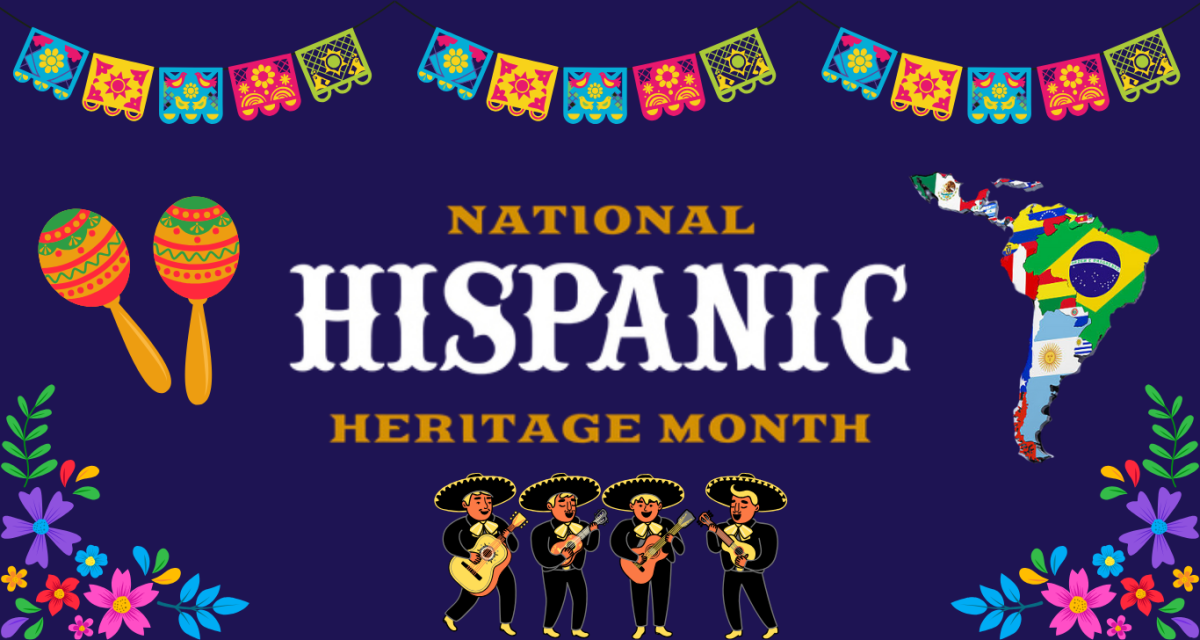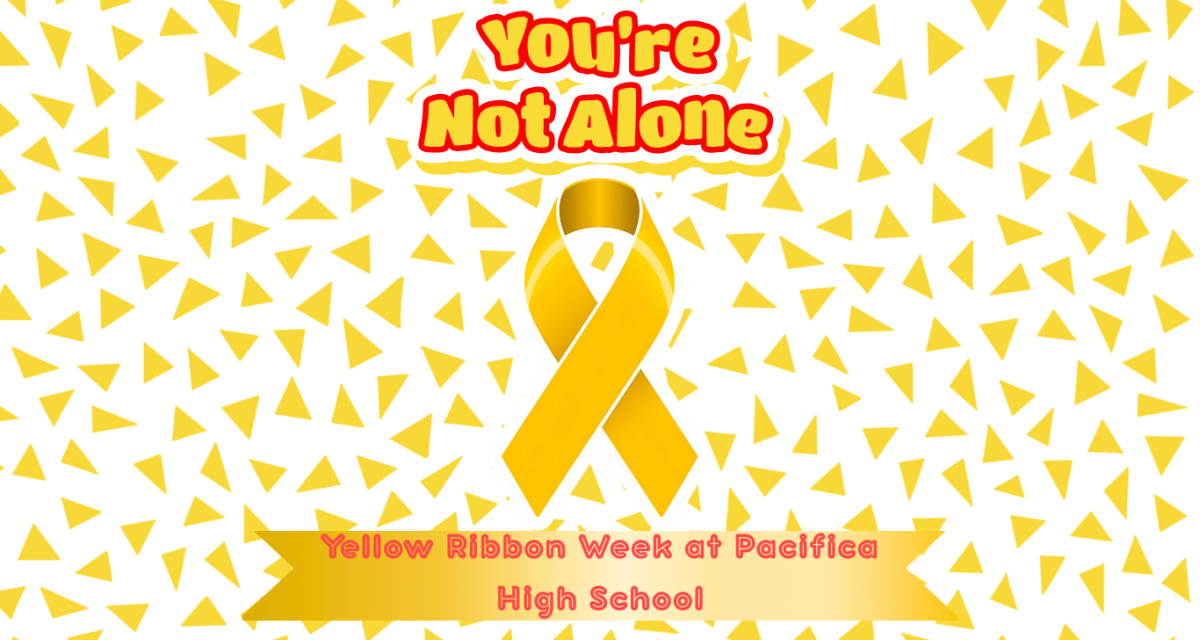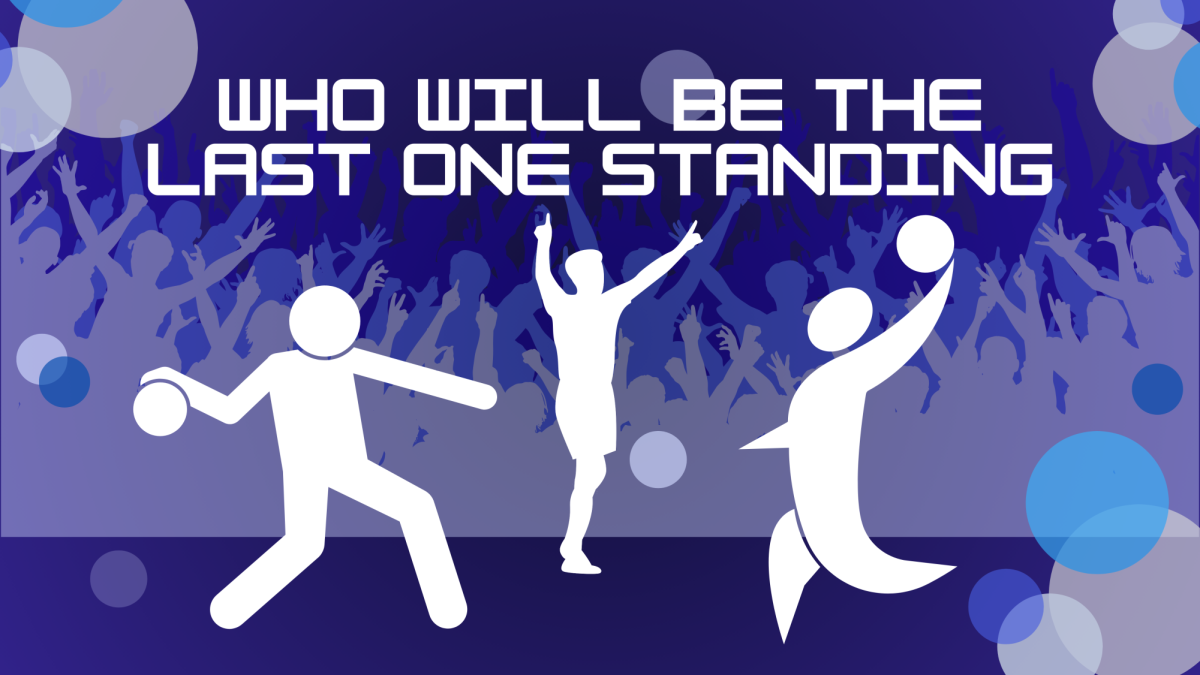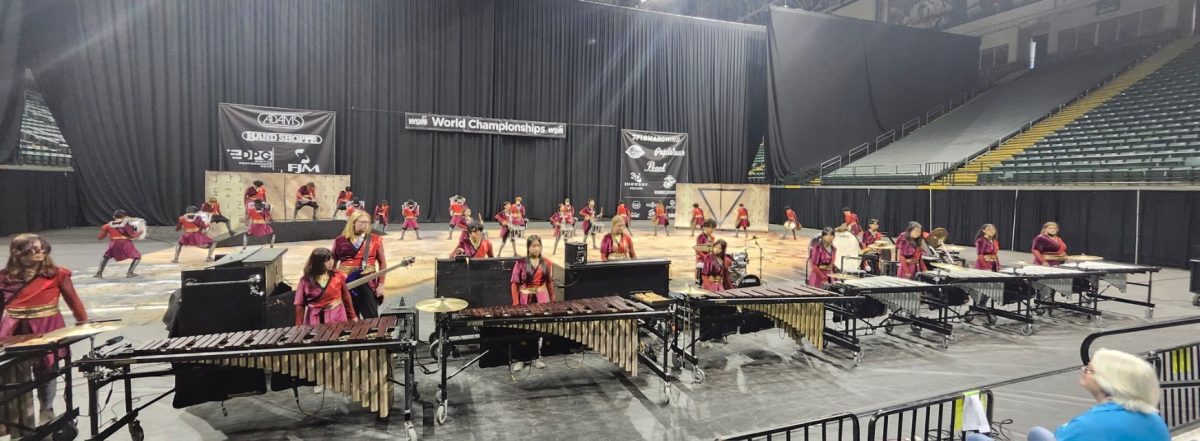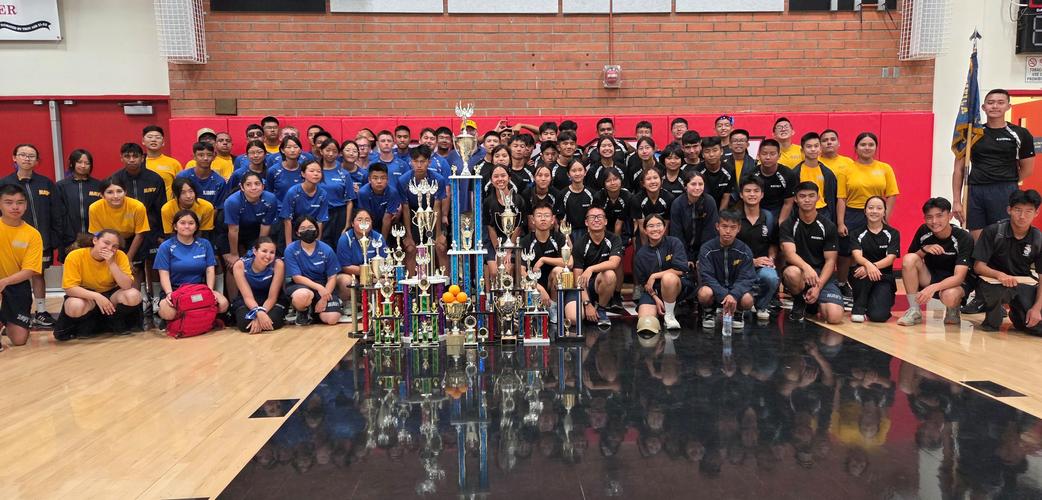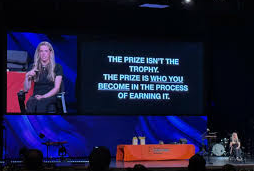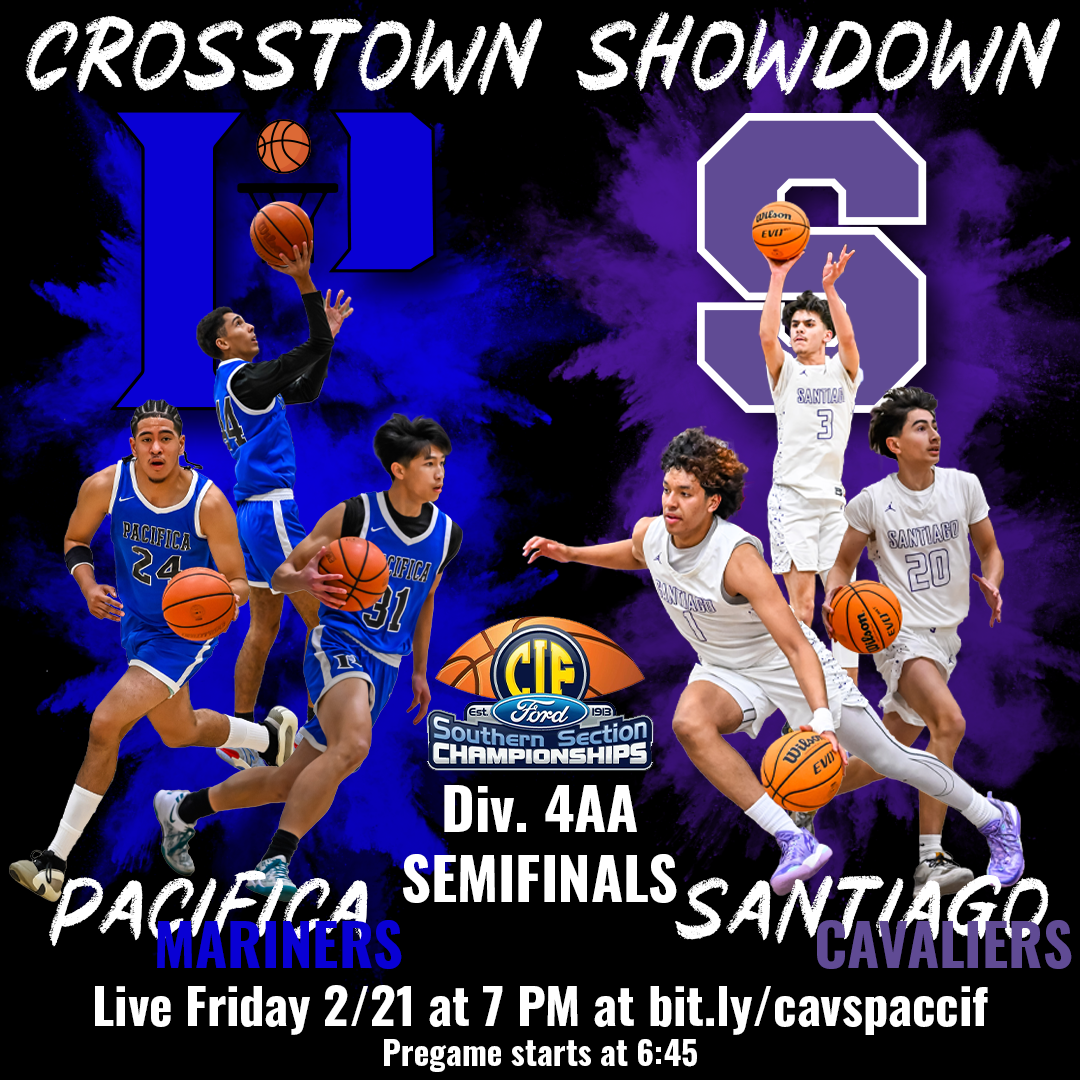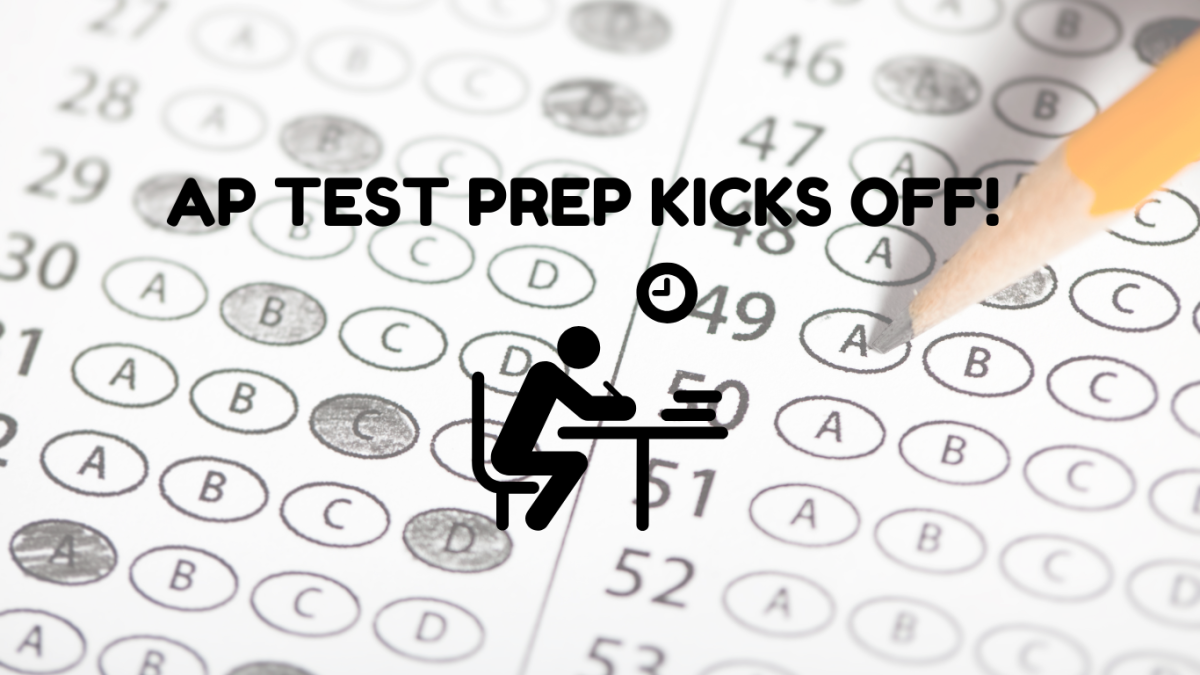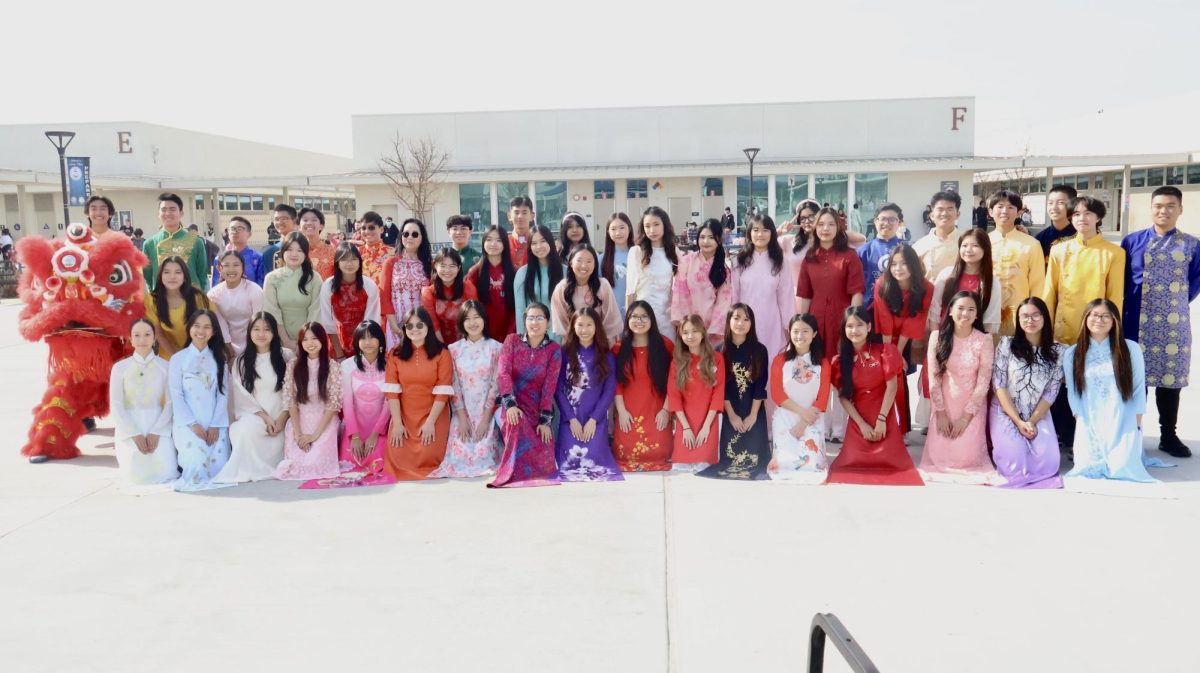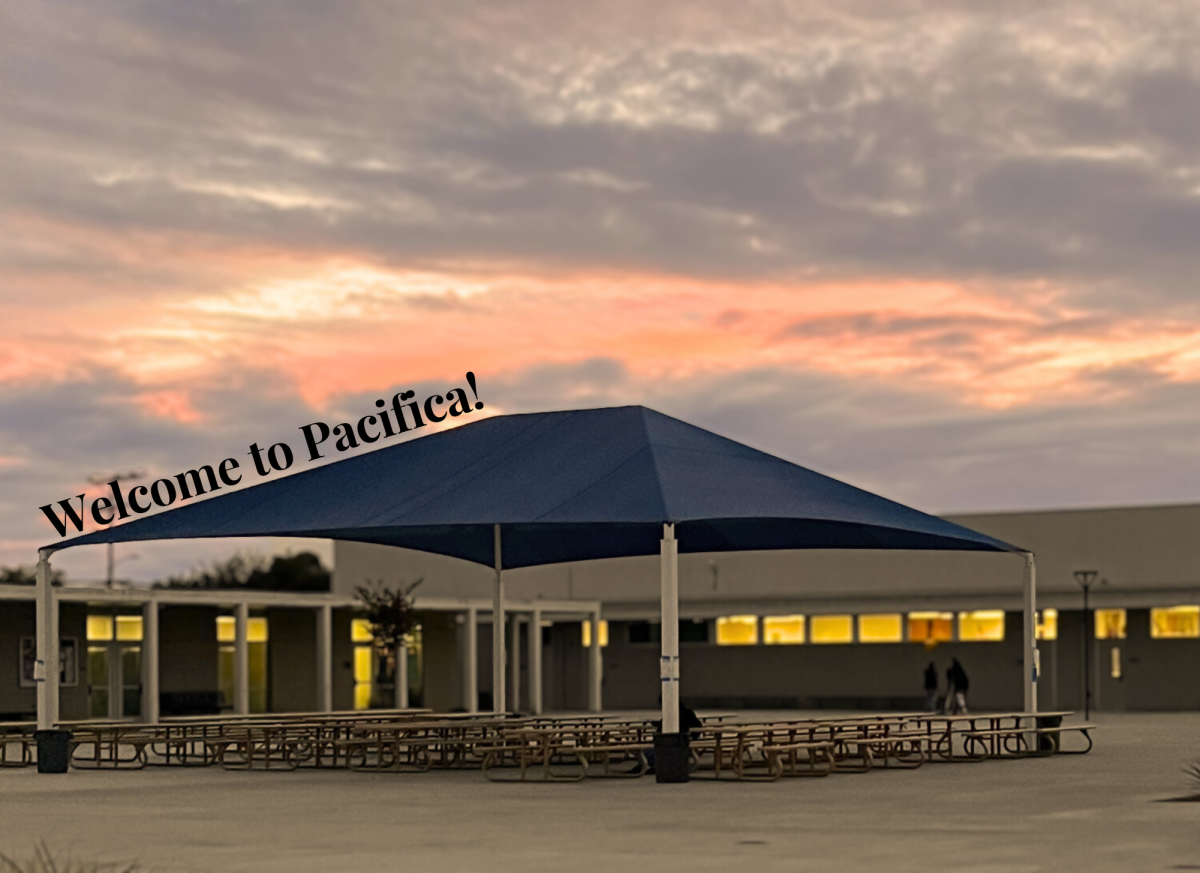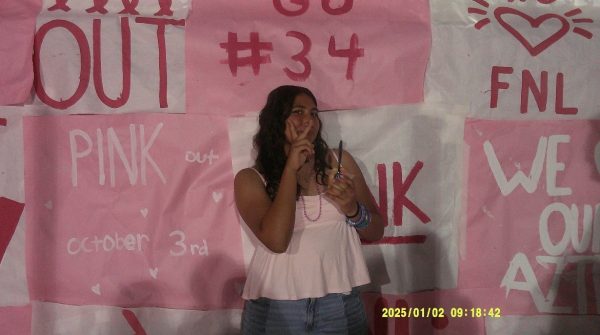Every October, pink is worn all around the world in support of a cause that affects millions globally. Breast Cancer awareness is more than just a pink ribbon; it represents the importance of detection, education, and support for those impacted by the most common cancer found in women across the United States. In fact, 1 in 8 women are likely to develop breast cancer during their lifetime. The campaign first began in October 1985 as a week-long movement, eventually growing into a month-long national observance. October was chosen to honor early advocates and align with global research efforts, becoming a meaningful time to support survivors, and remember those lost to the disease. One of the most recognizable factors is the pink ribbon. The color pink is associated with femininity, hope, and compassion. By wearing a pink ribbon or even seeing one, it is a simple but powerful way to remember the courage and solidarity of all who’ve faced breast cancer.
Bringing attention to breast cancer is crucial because early detection can save lives. In fact, when found in its early stages, treatment is more effective and survival rates are much higher. That’s why education is the main focus during this month. People are encouraged to learn how to perform self-exams, understand common symptoms, and know when to seek medical advice. Regular screenings, such as mammograms, are also promoted during this time to help catch the disease before it worsens. By spreading this knowledge, people can take charge of their health and look out for one another.
What October Represents
When it comes to students and communities getting involved, October is the month to come together, support a meaningful cause, and make a difference in small but powerful ways. Many schools organize “Wear Pink” days, host fundraisers, or participate in “Making Strides Against Breast Cancer” walks/runs. These events not only raise money for research and patient support, but also help start conversations among students and individuals about health and prevention.
To learn more about how this resonates with our generation, I spoke with Pacifica High School’s Girls League members to share their thoughts on the importance of informing others, including students, and supporting those who have been affected by this fatal disease. Mary Nguyen, the club’s vice president, reflected on how participating in breast cancer awareness activities has shaped her views on both health and the power of community: “Being involved in the activities for breast cancer awareness has definitely made me more aware about the impact that cancer can have on patients and their own family. It’s definitely also strengthened my sense of community as I want to help more families and women get access to help for breast cancer. It’s essential to spread awareness because then more people in the community can help each other.” Mary also advises students to continue the conversation even after October ends. “People might feel a little uncomfortable speaking about the topic of an illness or disease, but trust me, bringing awareness to breast cancer is more significant than what others might think. I would just recommend starting simple, starting small. You don’t
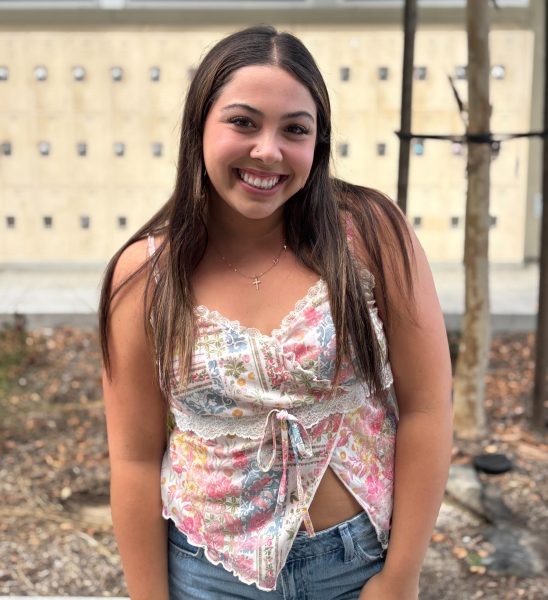
need to go deep into the topic, but talking about the facts you know, seeing how you can volunteer, help, or donate to any families who have been impacted by breast cancer.” Adding a more personal perspective, Olivia Snider, a fellow Girls League member, explains where her passion for this cause began. “My grandpa passed away six years ago due to breast cancer, and that was a really tough part of my family’s life because it affected all of us but in a way. It kind of helped me start spreading awareness because both women and men can be affected; it can happen to anyone, at any time. It’s so important to know what to do when it happens and that there’s people who are going through the same thing and we can all stand together.” When asked what message she would give someone currently battling breast cancer, Olivia responded with these heartfelt words: “It may pass and if it doesn’t, there are people here to support you, everyone will stand with you and work together to make sure you’re not alone through your struggles in such a difficult time.” Mary and Olivia’s stories highlight how education, empathy, and ongoing conversation can empower students to make a real difference in the fight against breast cancer.
Mariners Take Action
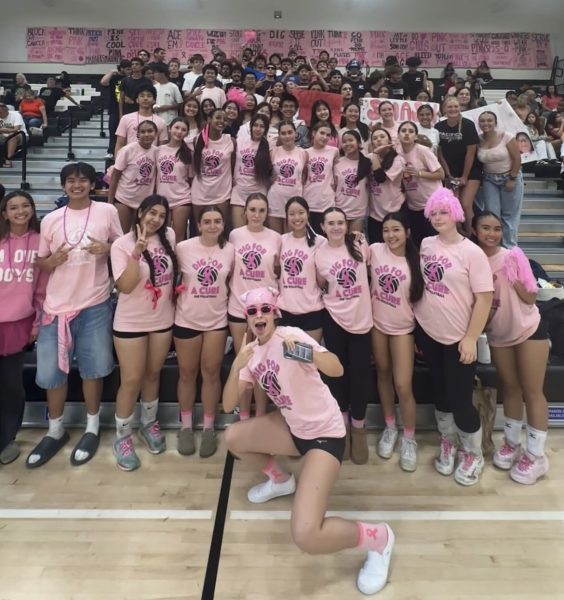
Beyond the voices of students, the Pacifica High School community as a whole has come together to show their support in meaningful ways. One recent example is the DIG PINK girls’ volleyball game, where the stands were a sea of pink. Another upcoming event is the Pink Out varsity football game on Friday, October 16, which, although held at Bolsa Grande High School, is a home game for Pacifica. 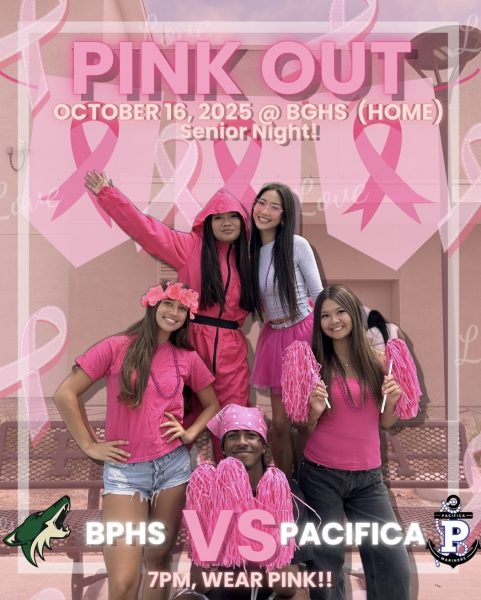 The theme encourages everyone to dress in pink to continue the spread of unity and recognition during a fun and inclusive event. These occasions turn school spirit into a platform for advocacy, using sports and community pride to highlight an important cause. In addition to these special games’ themes, Pacifica High has also embraced students and staff to wear pink every Friday throughout October.
The theme encourages everyone to dress in pink to continue the spread of unity and recognition during a fun and inclusive event. These occasions turn school spirit into a platform for advocacy, using sports and community pride to highlight an important cause. In addition to these special games’ themes, Pacifica High has also embraced students and staff to wear pink every Friday throughout October.
Together, these efforts at Pacifica High showcase how awareness, education, and community spirit combine to create meaningful impact. Breast cancer affects countless lives, around the world and the strength of any community lies in staying informed, offering support, and taking initiative. Everyone can contribute—whether it’s by performing regular self-exams, scheduling screenings, participating in school events, or sharing important information. Throughout October and beyond, the fight against breast cancer is vital. Small actions, when multiplied, lead to powerful change.
